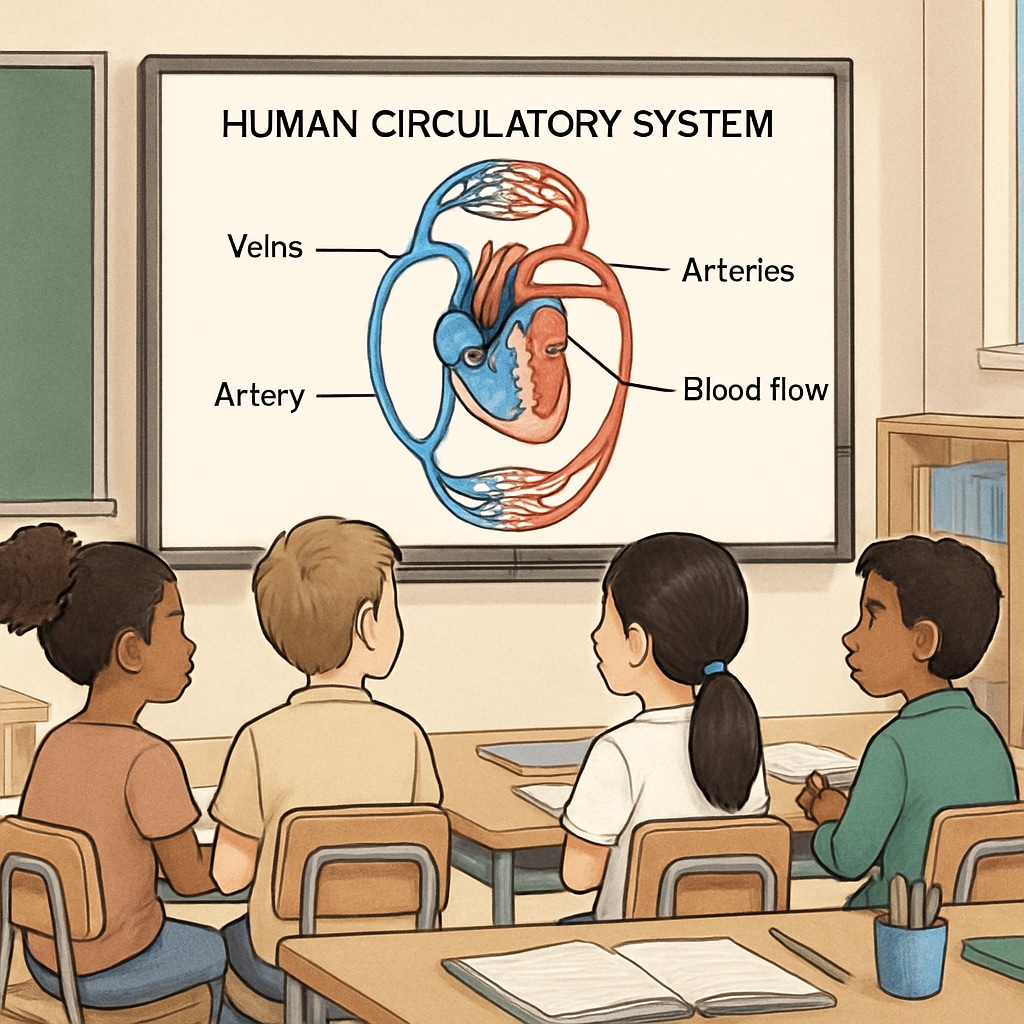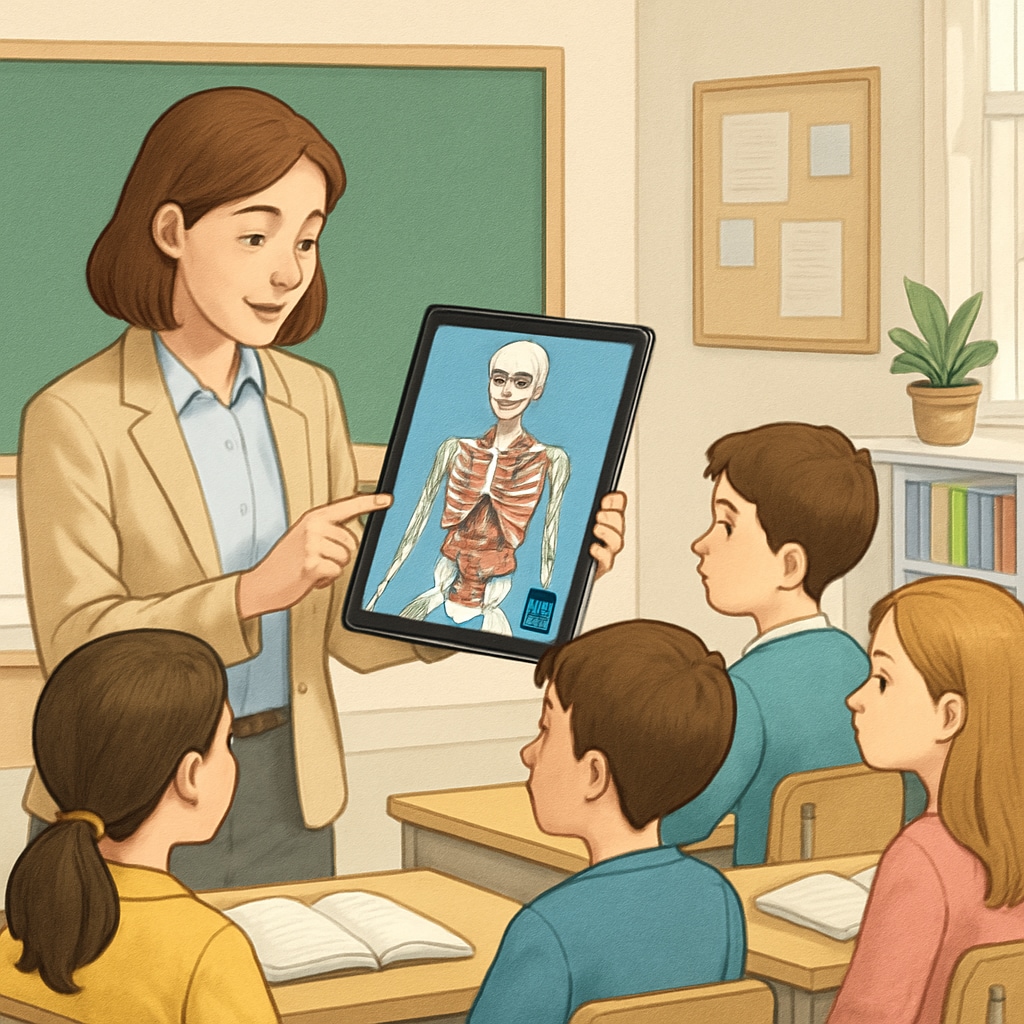As health awareness grows globally, medical education is no longer limited to professionals. Instead, it is becoming an integral part of general education, especially for non-medical backgrounds. Integrating medical concepts into K12 education through online courses provides students with a foundation in health literacy, preparing them for informed decision-making throughout life. This article discusses how to bring relevant and age-appropriate medical knowledge into K12 classrooms and highlights the benefits and challenges of doing so.
Why Medical Education Matters in K12 Classrooms
Medical education in K12 is not about turning students into doctors. Instead, it focuses on equipping them with essential health knowledge. For example, understanding basic human anatomy, the importance of nutrition, and how to respond in emergencies can significantly impact their well-being. By introducing these concepts early, students develop a proactive approach to health, reducing future risks of preventable diseases.
- Encourages early adoption of healthy habits
- Promotes critical thinking about health-related issues
- Reduces misinformation and reliance on unreliable sources
Moreover, with the rise of online courses, delivering medical education has become more accessible and engaging for K12 learners. Platforms like Khan Academy and Coursera offer free or affordable programs tailored to younger audiences.

Challenges in Teaching Medical Topics to Non-Medical Backgrounds
Despite its importance, integrating medical education into K12 curricula faces several challenges. Many educators lack the training to teach health-related subjects comprehensively. In addition, there is a delicate balance between providing accurate information and ensuring the content is age-appropriate. For example, while high school students may be ready to learn about mental health or substance abuse, younger children may require simplified, less sensitive topics.
Another challenge is combating misinformation. In an era where students are exposed to unverified health claims online, it is vital to teach them how to critically evaluate sources of information. This effort requires collaboration between educators, healthcare professionals, and parents to create a unified approach.

How Online Courses Enhance Health Literacy
Online courses have revolutionized how medical education can be integrated into non-medical settings. They offer flexibility for students to learn at their own pace and provide engaging multimedia content that simplifies complex topics. For instance, platforms like edX offer introductory courses in public health, while apps like Duolingo ABC incorporate health literacy into language learning for younger audiences.
To maximize the potential of online resources:
- Choose platforms with content verified by medical professionals
- Prioritize courses with interactive elements, such as quizzes and virtual labs
- Ensure content aligns with age-specific developmental needs
In addition, parental involvement in selecting these resources can ensure that children engage with appropriate and credible materials.
The Future of Medical Education in K12
As health education continues to evolve, its integration into K12 classrooms will likely become more standardized. Governments and educational organizations are already recognizing its importance. For example, the World Health Organization (WHO) has emphasized health literacy as a critical skill for achieving sustainable development goals.
In the future, we might see:
- Dedicated health literacy modules in school curricula
- More collaboration between schools and healthcare institutions
- Wider availability of subsidized or free online courses for students
By taking these steps, we can ensure that students, regardless of their career paths, leave school equipped to make informed health decisions.
In conclusion, integrating medical education into K12 classrooms is not just about imparting knowledge; it’s about fostering a culture of lifelong health literacy. Through careful planning, collaboration, and the use of innovative online tools, educators can bridge the gap between medical concepts and everyday life, benefiting students across all backgrounds.
Readability guidance: Use short paragraphs and lists to summarize key points; balance active and passive voice; incorporate transitional words for smoother reading experience.


